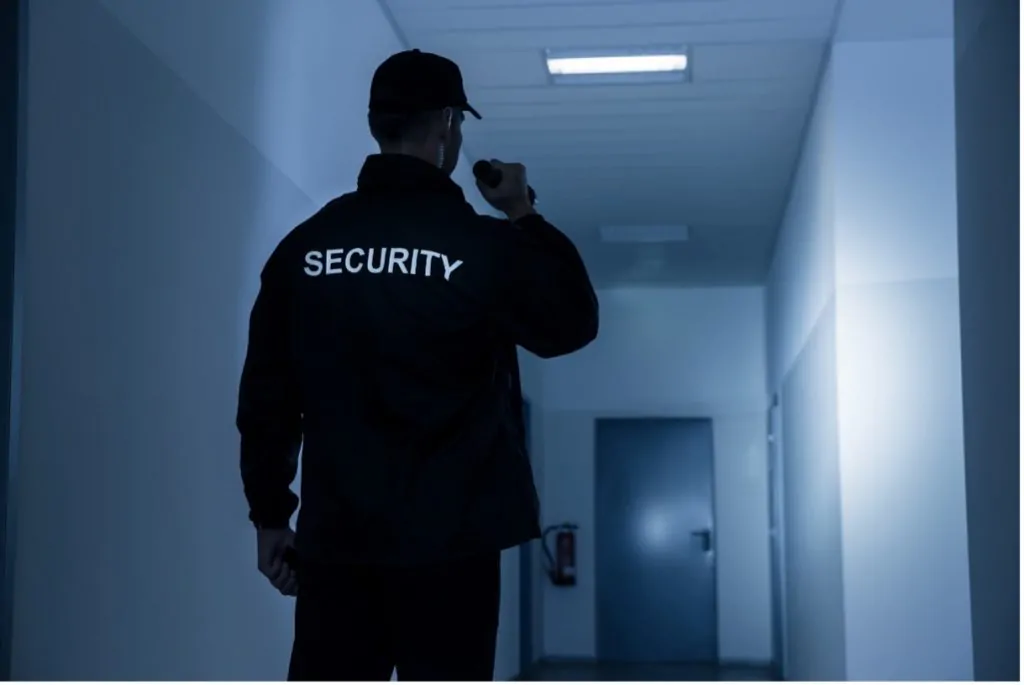In an ever-evolving world fraught with potential threats, safeguarding critical infrastructure is paramount to the continuity of essential services and the overall well-being of society. From power plants and transportation networks to communication hubs and financial institutions, critical infrastructure encompasses a wide array of assets that are vital to the functioning of modern society. In this blog, we will explore the indispensable role of security guards in protecting critical infrastructure, examining the unique challenges faced by security personnel and the strategies employed to mitigate risks and enhance safety.
Understanding Critical Infrastructure
Defining Critical Infrastructure
Critical infrastructure refers to the physical and virtual assets, systems, and networks that are essential for the operation of a society and its economy. This includes facilities and resources necessary for the provision of energy, transportation, telecommunications, water, healthcare, and other vital services. Protecting critical infrastructure is essential to national security, economic stability, and public safety.
Key Sectors of Critical Infrastructure
Critical infrastructure can be categorized into various sectors, each serving a crucial function in sustaining societal operations. Some of the key sectors of critical infrastructure include:
- Energy: Power plants, electrical grids, and oil refineries.
- Transportation: Airports, seaports, railways, and highways.
- Communication: Telecommunication networks, internet infrastructure, and data centers.
- Water: Water treatment facilities, dams, and reservoirs.
- Healthcare: Hospitals, medical centers, and pharmaceutical facilities.
- Financial Services: Banks, stock exchanges, and payment processing centers.
The Role of Security Guards
Protecting Against Physical Threats
Security guards play a central role in protecting infrastructure against physical threats such as trespassing, sabotage, theft, and terrorism. Stationed at key access points and patrolling designated areas, security personnel monitor for suspicious activity, enforce security protocols, and respond swiftly to security breaches or emergencies.
Surveillance and Monitoring
Security guards utilize advanced surveillance technologies such as CCTV cameras, motion sensors, and access control systems to monitor infrastructure facilities round-the-clock. By maintaining constant vigilance and actively monitoring security feeds, guards can detect and deter potential security threats in real-time.
Emergency Response and Crisis Management
In the event of a security incident or emergency situation, security guards are trained to respond promptly and effectively to mitigate risks and ensure the safety of personnel and assets. From conducting evacuations and securing perimeters to coordinating with law enforcement agencies and first responders, security personnel play a critical role in crisis management and emergency response efforts.
Challenges Faced by Security Guards
Adaptability to Evolving Threats
Security guards must remain adaptable and proactive in addressing emerging security threats and vulnerabilities. As tactics employed by malicious actors evolve, security personnel must continuously update their skills, training, and protocols to effectively counter new and emerging threats.
Balancing Security and Accessibility
Ensuring the security of critical infrastructure while maintaining necessary accessibility for authorized personnel and essential services can pose a significant challenge. Security guards must strike a delicate balance between implementing robust security measures and facilitating the smooth operation of infrastructure facilities.
Strategies for Enhancing Security
Comprehensive Risk Assessment
Conducting thorough risk assessments is essential for identifying potential security vulnerabilities and implementing appropriate security measures. By evaluating the unique risks and threats faced by infrastructure facilities, security guards can develop tailored security strategies to mitigate risks and enhance safety.
Collaboration and Coordination
Effective security in protecting critical infrastructure requires collaboration and coordination among various stakeholders, including security personnel, facility managers, law enforcement agencies, and government authorities. Establishing partnerships and sharing information allows for a unified approach to security and enhances the collective resilience of infrastructure networks.
Training and Professional Development
Investing in ongoing training and professional development programs for security guards is essential for maintaining a high level of preparedness and competency. Training initiatives should focus on enhancing security awareness, improving response capabilities, and developing specialized skills relevant to protecting critical infrastructure.
Conclusion
In conclusion, security guards play a vital role in protecting critical infrastructure and safeguarding the essential assets and services upon which society relies. By serving as frontline defenders against physical threats, conducting vigilant surveillance and monitoring, and responding effectively to security incidents and emergencies, security personnel contribute to the resilience and security of infrastructure networks. Through comprehensive risk assessments, collaboration with stakeholders, and ongoing training and professional development, security guards can ensure the continued protection of critical infrastructure assets and uphold the safety and well-being of communities around the world.
For more information about the security services we offer, call us at 1300 170 891.


